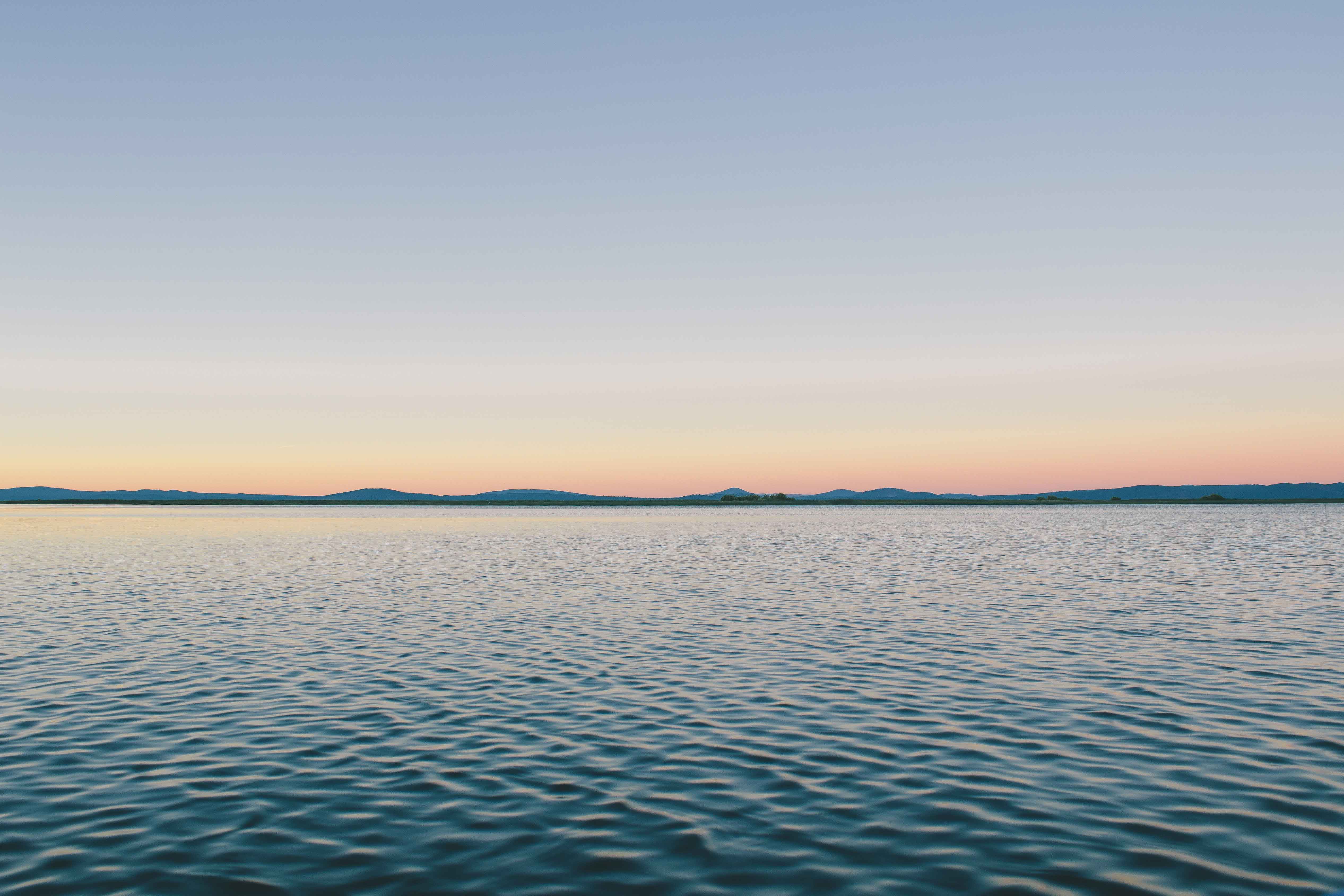Melted popsicles, road trips with the windows down and long days spent lounging at the beach in the sunshine. In a nutshell, that is summer. In high school, my friends and I would spend hours basking in the sunshine, flipping back and forth baking our bodies like Thanksgiving turkeys. My one goal was to see my pasty white skin develop a nice golden glow.
Long gone are the days of mom telling you to put on a hat and sunscreen. We are a society consumed by media. Everywhere you look, publications and organizations are talking sun safety. From television to magazines, the way media portrays sun protection sets the stage for the larger public conversation. Terms like “UV rays” and “SPF” are part of the common vernacular. Magazines from W to Seventeen offer readers simple tips on ways to stay safe in the sun. Publications like Refinery 29 and Self consult dermatologists when writing pieces on the best sunscreen for your skin.
Increased pressure and abundance of information led the FDA to enact the first ever sunscreen rule in 2011 which requires companies making sunscreens their ads say have “broad spectrum” coverage to pass a test. Today nearly all sunscreens sold today include an ingredient that filters UVA rays.
One of the groups applying that pressure was The Environmental Working Group, a non-profit organization, which has been releasing an annual comprehensive sun safety guide since 2007. EWG’s Guide to Sunscreens calls attention to the dangerous ingredients that are in sunscreens and creates pressure for companies to remove phony marketing claims from packaging. As a former intern of EWG, I use this guide religiously when looking to purchase new sun protection products. Before they started releasing the guide, EWG reported that almost three-fourths of the products examined in 2007 provided inferior sun protection or contained worrisome ingredients.
News stories have changed the conversation about what being healthy means. Healthy no longer has one set definition, and by no means does health mean tan. Magazines and media acknowledge women as well-rounded beings, who care about their bodies on more than just a skin deep level. Power in the form of education has been put behind lifestyle articles, reaching audiences that in the past remained untouched.
But so what? Why should the media taking a stronger stance on sun protection matter?
The stronger media stance on sun protection is an example of how greater information can lead to a change in behavior. Instead of using baby oil, people are reaching for lotions that better protect them from overexposure and harmful rays. Through increased education and awareness, a great tan as the end all be all. While I still have a love affair with sunshine, my own relationship with the sun has evolved.
If the media can change behavior about sunbathing and other potential health threats such as smoking and drunk driving, it can also change behavior about recycling, texting while driving and nutrition. Knowledge is power and we should applaud those who share it.


